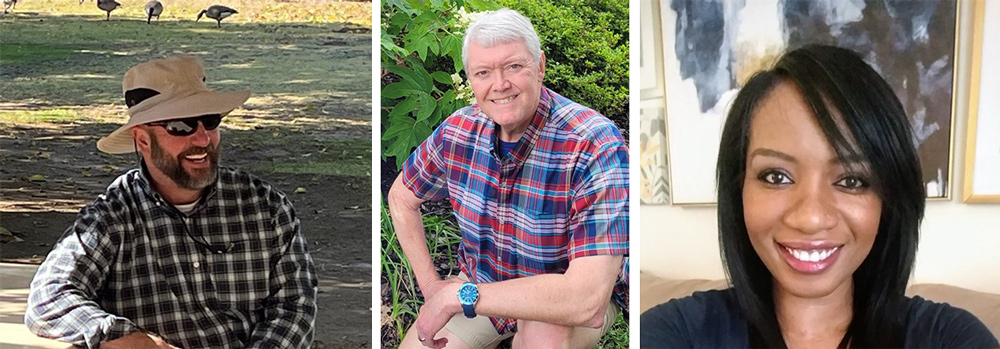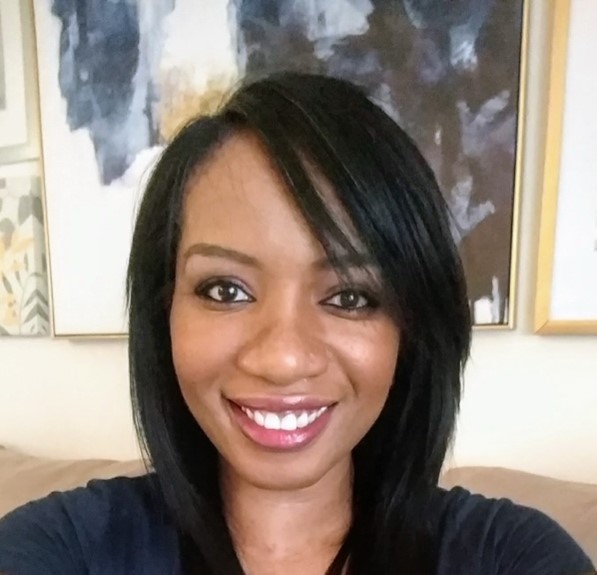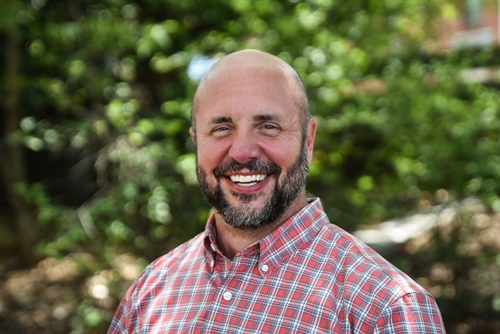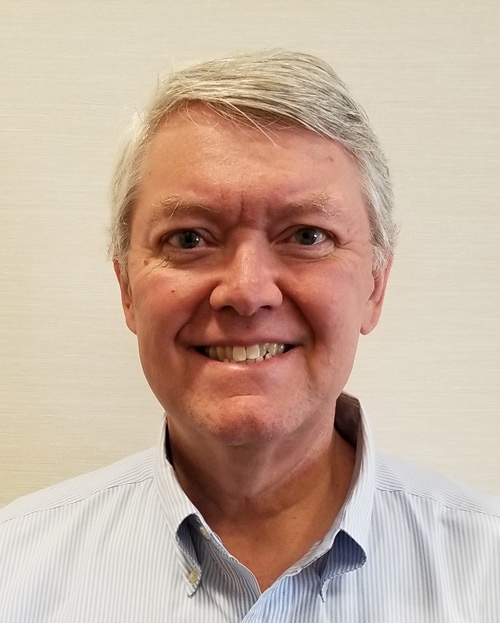Innovation and collaboration are cornerstones of Engineering With Nature (EWN). Sharing projects, demonstrating outcomes, and inspiring practitioners around the world is an important part of advancing EWN. The Engineering With Nature Atlas series, initiated in 2018, has been key to showcasing the incredible work happening around the world. Season 7, Episode 5, kicks off the launch of Engineering With Nature: An Atlas, Volume 3.
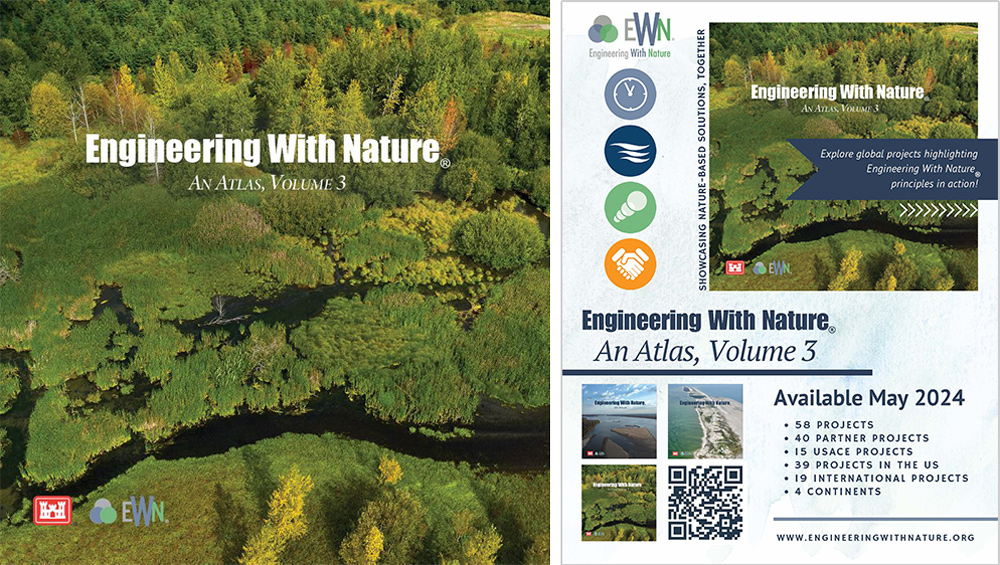
Host Sarah Thorne is joined by cohost Burton Suedel, Research Biologist at the Engineer Research and Development Center (ERDC), US Army Corps of Engineers (USACE), and Zelini Hubbard, Senior Project Manager at Anchor QEA and Project Manager for Atlas 3. Jeff King, Lead of the Engineering With Nature Program at USACE offers comments at the end of the episode.
Zelini has collaborated with ERDC on a number of projects, including the International Guidelines on Natural and Nature-Based Features for Flood Risk Management and more recently on Guidelines for How to Approach Thin-Layer Placement Projects published in November 2023 and featured in Season 6, Episode 9. Sarah asked Zelini, who is a first-time guest on the podcast, to talk about her passion for being a steward for the environment and her community: “Those two themes connect throughout my working and personal life. I integrate them through volunteering and just through my interconnections and interactions with people. I think even the smallest thing can have the greatest impact and contribute in many different ways.”
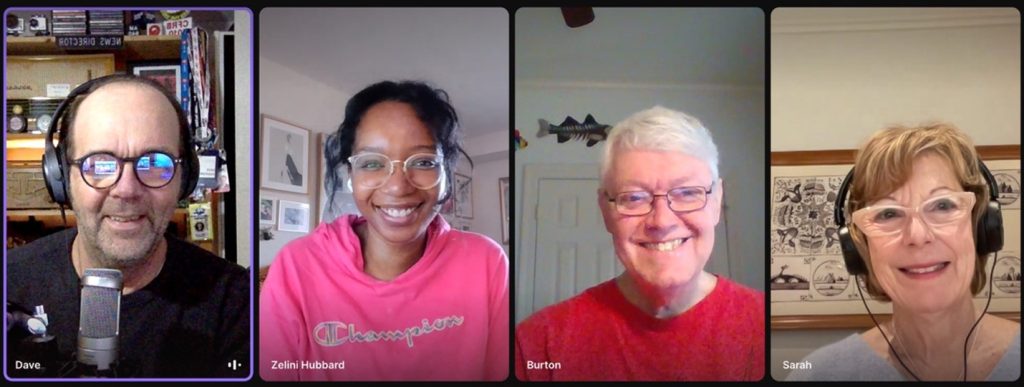
The EWN Atlas series demonstrates the power of EWN in action, highlighting projects from around the world that exemplify EWN concepts, principles, and practices. Volume 1, published in 2018, showcases 56 projects. Volume 2, published in 2021, presents an additional 62 projects. And Volume 3, to be published in May 2024, includes 58 new projects. As Burton explains, 15 are USACE projects, with the rest from partner organizations; 19 projects are from outside the US, with projects represented from four continents.
Each Atlas is organized in chapters, presenting projects in various environmental contexts—beaches and dunes, wetlands, islands, reefs, riverine systems, and floodplains—as well as chapters on specific project types, such as the use of vegetation and natural materials, and projects on environmental enhancements of existing infrastructure. As Sarah notes, one of the purposes of making these “coffee table books” is to “demonstrate to people that Engineering With Nature is actually happening now.” Burton agrees, noting, “These days, I don’t travel without taking at least one copy of an Atlas with me to share with others. And when I hear back from recipients, their feedback is how the Atlas inspired them to think about how they could incorporate nature-based solutions into their infrastructure projects.”
Conversations with EWN Atlas, Volume 3, Contributors
In preparation for this episode, Sarah spoke with five contributors to Volume 3 whose projects exemplify the quality of EWN projects being implemented around the world.
Cathy Lear is a Senior Habitat Biologist at Clallam County. The Lower Dungeness River Project she led is in Clallam County, Washington, USA. This project incorporated nature-based solutions (NBS) to restore a floodplain. Describing the benefits of the project, Cathy said: “We were able to reconnect the river to 175 acres of its historic floodplain. The Dungeness is one of the most important rivers on the North Olympic Peninsula and home to four ESA-listed species. So being able to reconnect the river and the floodplain meant we were able to vastly improve habitat, as well as reducing flood risk for the surrounding community.” This project is a great example of harnessing the power of rivers to do the job that nature intended and was chosen for the cover of Volume 3.

Mary Kate Brown is Assistant Coastal Programs Director for The Nature Conservancy in Alabama. She talks about how the Lightning Point Restoration Project in Bayou La Batre, Alabama, used green and gray infrastructure to revitalize a culturally important shoreline. As Mary Kate notes, the project has been very successful: “We did both green and gray infrastructure. While green infrastructure sometimes works great by itself and the gray works great by itself, when you mix the two of them together, they work fabulously—beyond their individual potential. We survived four hurricanes in the active season of 2020, and one of them was a 125-year type of storm, just three months after we finished construction, and this site survived. That is fabulous.”

Samantha Belcik is a Biologist and Planner with the Chicago District, USACE. She describes the Fort Sheridan Project in Lake County, Illinois, whichused historical native plant ecotypes and natural processes to restore a coastal ecosystem. Sam notes the importance of the Fort Sheridan Project as an example of the EWN principles: “It was holistic, science-based, innovative, sustainable, and collaborative. This project was a restoration of the ravine down into the coastal system at Lake Michigan and actually in the water as well, in the lacustrine zone. We took an approach of looking at the ecosystem from the upland to the underwater. It’s all connected.”
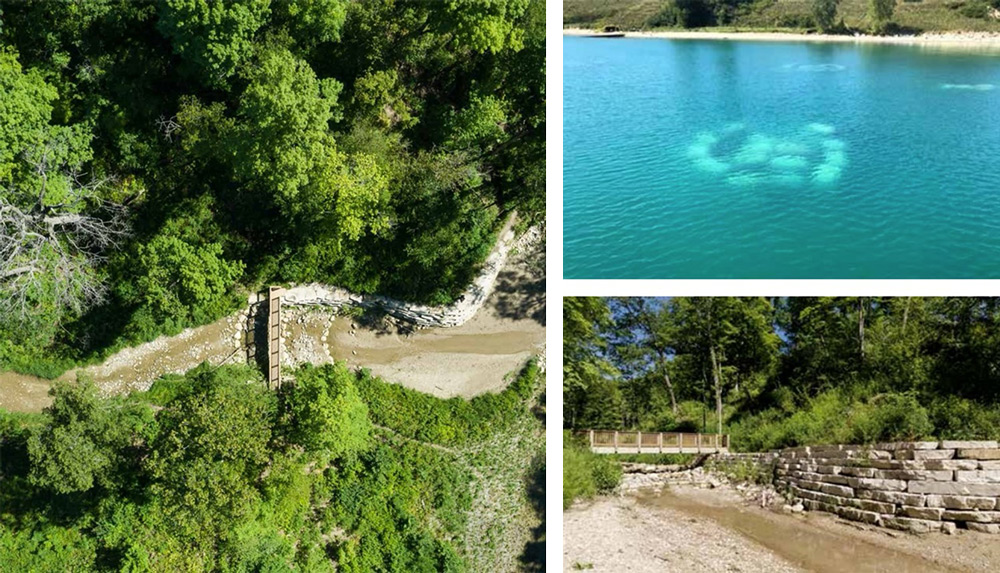
Zoe Elliott Perkins is a Senior Coastal Engineer on the Beaches Team for the City of Gold Coast in Queensland, Australia. She was part of the team on the Palm Beach Artificial Reef Project in Palm Beach, Queensland, Australia, which constructed an artificial reef to provide coastal protection and recreational resources. Zoe describes the importance of collaboration and consultation and ensuring the project provided environmental and social benefits. “We really felt like our Palm Beach shoreline project aligned so well with Engineering With Nature. We incorporated collaboration with subject matter experts and also extensive community consultation and engagement. One of the reasons why the project was selected was due to the low visual impact that it would have on the local area as the artificial reef is submerged.”

David Johnston is a Project Engineer and Acting Team Lead in the Waterways Section of the USACE Huntington District. He led the Ohio River Bonanza Bar Project in Portsmouth, Ohio, which used dredged material beneficially to create ecological habitats and restore the historical footprint. As David describes the benefits of the project: “The river at this location is considerably wider than areas just upstream of where this bar is located. That results in an area of reduced velocities and the formation of sand waves in the navigation channel that have to be dredged to maintain the channel. So placing the dredge material on the adjacent bars resulted in a constriction of the navigation channel. Since 2016, we have experienced a decrease in the quantity and frequency of dredging needed at this location, which the District attributes to the increased velocities within the navigation channel caused by the constriction.”

These stories, and 53 others are featured in Atlas 3. Burton and Zelini hope the new Atlas gets wide use. As Zelini notes, “All 58 projects really do provide interesting examples of how nature-based solutions (NBS) are being applied to a broad range of challenges. I think it’s a real feat that the work of so many has been distilled down into a digestible and readable document. I think your listeners will find that Atlas 3 is a tremendous resource, and I hope they enjoy it.” Burton agrees: “From beaches and dunes to wetlands, islands, and reefs and enhancing conventional infrastructure, I think listeners will find wonderful examples of how NBS are innovatively and creatively being incorporated by project teams around the world who are looking for new and better ways to integrate NBS in solving important challenges, particularly related to natural hazards related to climate change.” He adds, “What we’re striving to do is to share best practices worldwide, inspire actions in others, foster the confidence in our collective vision and encourage others to incorporate NBS into their infrastructure projects.”
Jeff King, Lead of the Engineering With Nature Program, agreed: “Atlas 3 really reflects the best of the best work being done by colleagues across the Corps of Engineers and around the world. With the quality of the projects and the caliber of the principal investigators, it really was a hard task to just choose 58 projects—we received so many more nominations.”
Jeff thanked the entire team that worked on Atlas, Volume 3, and all the contributors: “Thanks to Zelini and Burton for their leadership on this project. I also want to thank Courtney Chambers, Amanda Tritinger, Michelle Bourne, and our USACE Technical Editor, Emily Moynihan. I’d also like to offer special thanks to Ram Mohan with Anchor QEA, and every one of the Atlas 3 contributors for their truly first-class effort.” He adds, “I’d like to personally invite all our listeners to check out the new Atlas, Volume 3, and all of the wonderful work being done—it will be available in May 2024. I hope all our listeners and readers will be inspired by the projects we’re featuring.”
